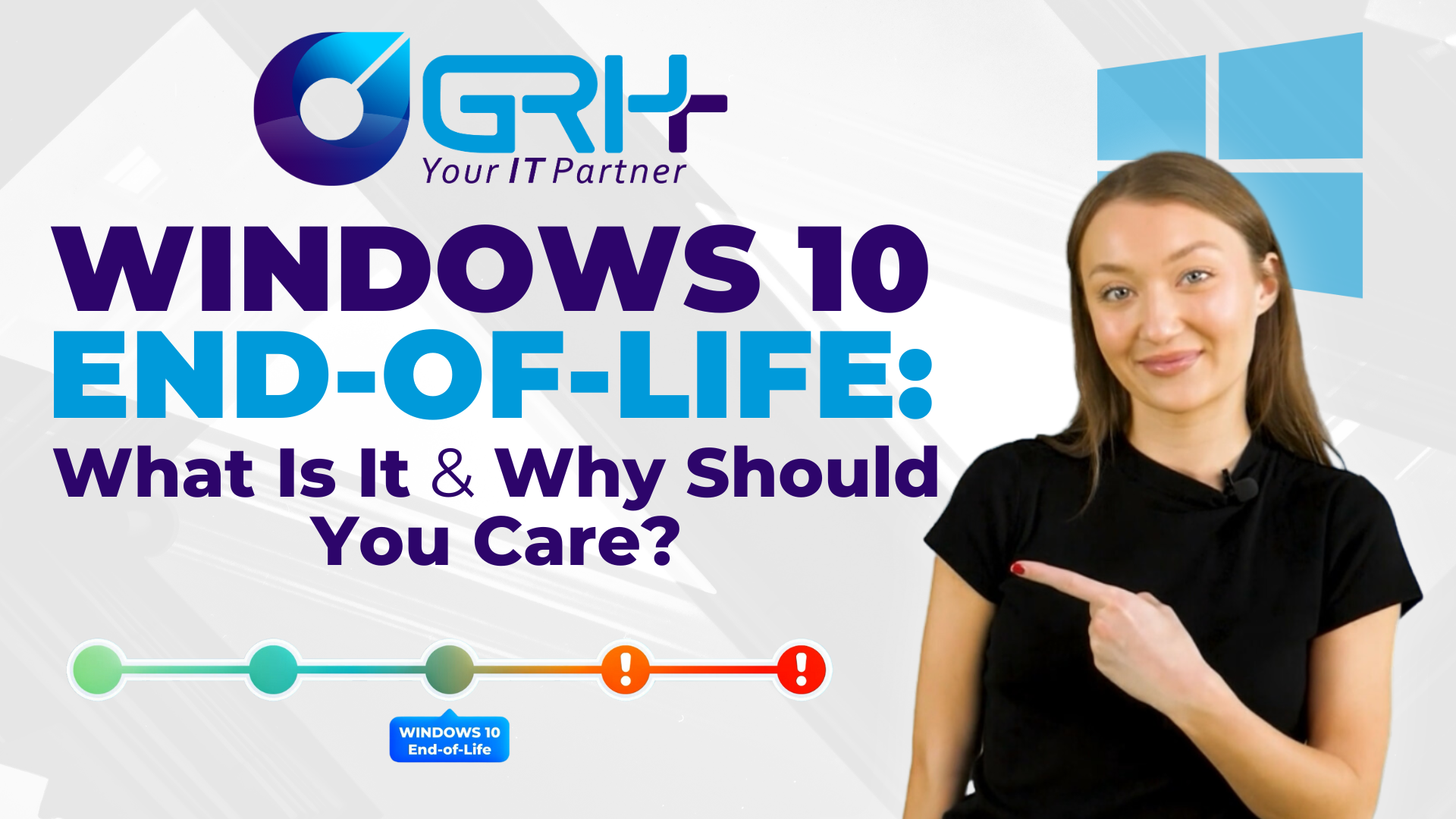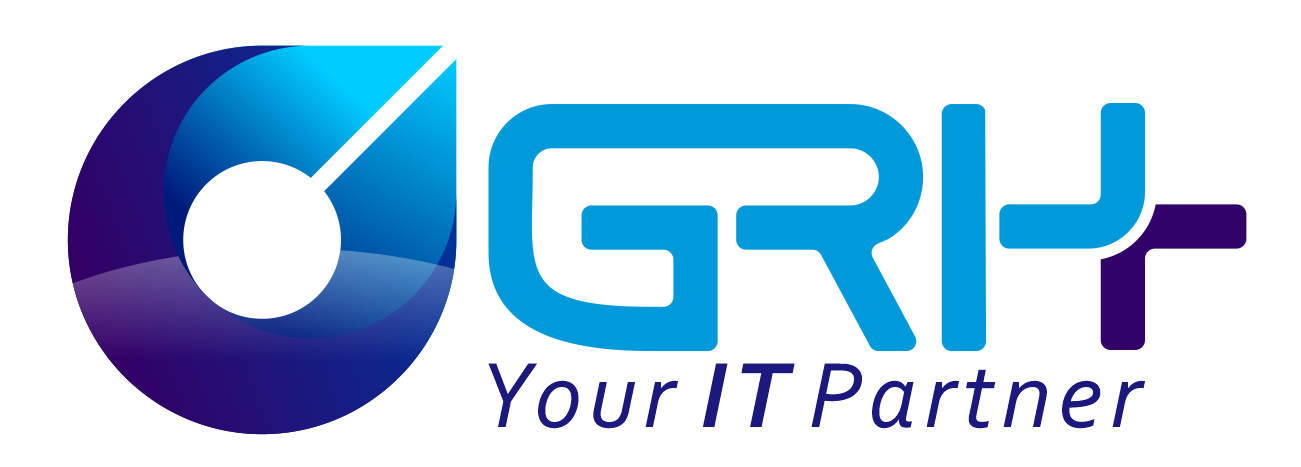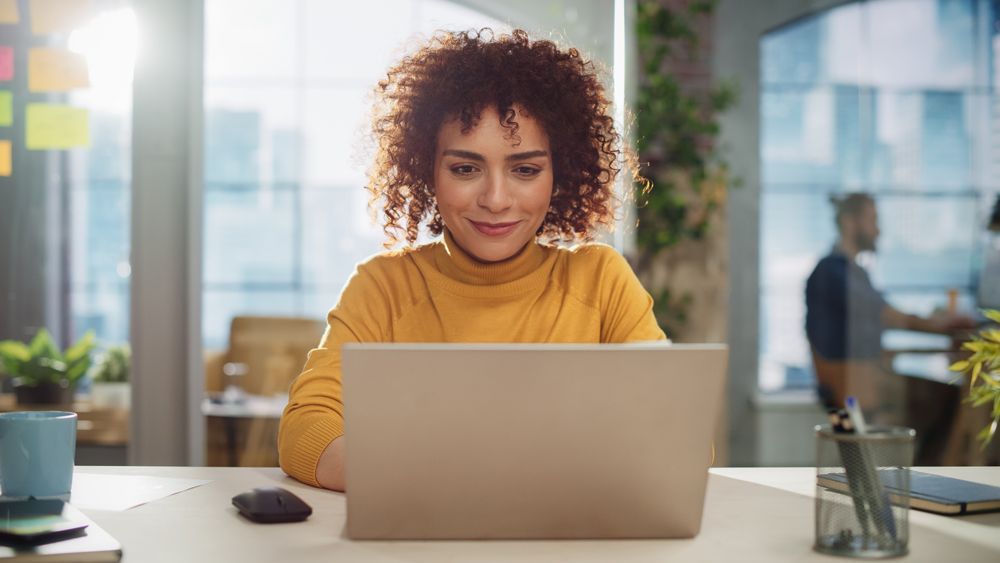Growth in RAM Requirements In the Professional Workstations
In 2014, 4GB to 8GB of RAM was generally considered sufficient for most business operations. Standard tasks like document management, light multitasking, and simple software applications could easily run on 4GB, with 8GB being recommended for more intensive use. This was especially true in professions such as legal, dental, and healthcare, where electronic record systems and case management software were just beginning to integrate more advanced features.
However, as software became more sophisticated and cloud computing started playing a central role, the demand for memory grew. Legal professionals now rely on cloud-based management systems, AI-powered document analysis, and e-discovery tools, which all require more RAM for efficient functioning. Similarly, the medical profession witnessed the proliferation of complex EHR systems, AI diagnostics, and telemedicine solutions, pushing the baseline RAM requirement to 16GB in most offices.
Major Drivers of Increased RAM Usage
1. Dental Workstations
Dental Imaging and 3D Applications
- Digital X-ray and imaging software: Dental practices use high-resolution imaging software such as Dentrix, DEXIS, or Schick for processing X-rays, intraoral images, and panoramic scans. These applications require significant memory to store, view, and manipulate images.
- 3D dental modeling and CAD/CAM systems: Software like 3Shape, CEREC, and other CAD/CAM tools for designing crowns, implants, and orthodontic devices uses a large amount of RAM to render 3D models and process digital impressions.
- Image storage and management: The need to store and manage large amounts of patient images (e.g., X-rays, CT scans) demands more memory as these images are often processed and retrieved quickly in real-time.
Practice Management Software
- Patient management systems: Applications like Dentrix or Eaglesoft handle patient records, appointment scheduling, billing, and clinical notes. These systems often run continuously and use memory for database management and retrieval of patient data.
- Integration with imaging tools: Modern practice management software integrates with imaging tools, increasing RAM usage when switching between patient management and imaging applications.
Digital Communication Tools
- Telehealth and communication: As dental practices embrace teleconsultations, video conferencing platforms (e.g., Zoom, Doxy.me) require additional RAM for high-quality video calls and patient interaction.
- Cloud syncing: Systems that sync patient data or images with cloud storage (e.g., cloud-based practice management) require more RAM, especially when files are large and updated frequently.
2. Legal Workstations
Document Management and Review
- Legal document processing: Legal professionals use word processing and document review tools like Microsoft Word, Adobe Acrobat, and specialized legal software (e.g., LexisNexis, CaseMap, or Worldox). Large contracts, litigation documents, or case files often involve thousands of pages, requiring more RAM for fast processing and editing.
- E-discovery platforms: Tools like Relativity and Logikcull handle large volumes of data (emails, documents, attachments) during the discovery process. Analyzing, searching, and managing these massive datasets requires significant memory.
- Contract review and automation: AI-powered tools that assist with contract review and legal research (e.g., Kira Systems, LawGeex) also need substantial memory to process large amounts of legal text and apply machine learning models.
Case Management Software
- Legal practice management software: Applications like Clio, MyCase, or PracticePanther for managing case files, client records, billing, and calendaring run continuously and demand RAM to ensure quick access to information.
- Document archiving: Managing large amounts of archived legal documents and briefs, often integrated with practice management software, adds to the overall memory usage.
Legal Research Tools
- Legal databases: Platforms like Westlaw, LexisNexis, or Bloomberg Law are essential for legal research, but they involve downloading and storing large amounts of case law, statutes, and legal documents in RAM while performing searches or building arguments.
- AI-based legal research: AI tools that help search and analyze legal precedents or statutes in real-time use significant RAM for processing queries, running algorithms, and displaying results.
3. Medical Workstations
Electronic Health Records (EHR) Systems
- EHR software: Systems like Epic, Cerner, Allscripts, or Meditech store and manage patient data, medical histories, prescriptions, and clinical notes. EHRs are memory-intensive due to constant access to large databases and real-time data updates.
- Integration with medical devices: Many medical workstations are integrated with diagnostic devices (e.g., vital signs monitors, EKG machines), which stream data to the EHR, requiring additional memory for real-time processing.
Medical Imaging and Diagnostics
- PACS (Picture Archiving and Communication System): Software like GE Healthcare’s Centricity or Philips IntelliSpace is used for managing and viewing medical images (X-rays, MRIs, CT scans). High-resolution medical images, especially in radiology, require a large amount of RAM to be stored, processed, and rendered quickly.
- 3D imaging and surgical planning: Advanced imaging software, such as OsiriX or InteleViewer, for surgical planning or viewing 3D scans requires significant memory for rendering and manipulating large medical image files in real time.
Medical Data Analysis
- AI and predictive analytics: Healthcare organizations increasingly use AI tools for predictive analysis, diagnosis support, and clinical decision-making (e.g., IBM Watson Health, Google Health AI). These applications demand a large amount of memory to process patient data and apply machine learning algorithms.
- Genomic and bioinformatics analysis: In specialized fields, such as genomics and molecular diagnostics, memory-intensive software is used to analyze complex datasets (e.g., DNA sequencing data), which increases the RAM requirements of medical workstations.
Telemedicine and Virtual Care
- Video conferencing and telehealth: Virtual consultations via telehealth platforms (e.g., Amwell, Teladoc) require extra memory for real-time video calls and integration with EHR systems to manage patient data during the consultation.
- Remote patient monitoring: Medical workstations that process continuous streams of data from remote patient monitoring devices (e.g., heart rate monitors, blood glucose meters) require more RAM for real-time data aggregation and analysis.
Common Drivers Across All Industries
- Security Software: All industries require strong security protocols, such as data encryption, antivirus software, and regular security scans, which contribute to increased RAM usage. This is especially important in medical and legal fields, where data privacy regulations like HIPAA and GDPR require constant monitoring.
- Cloud Services: Cloud-based practice management, patient record management, and document storage solutions are increasingly used across all three industries, and frequent syncing with cloud platforms demands more memory.
- High-Resolution Displays: The trend toward high-resolution displays for better visualization (e.g., radiology images, legal documents, dental 3D models) also increases the memory required to drive these advanced displays.
- Big data analytics: Handling and processing large datasets (e.g., for analytics, reporting, or machine learning) requires significant memory, especially in businesses focused on data-driven decision-making.
- Modern operating systems: Each new version of operating systems (Windows, macOS, Linux) is optimized for better performance but often has higher base RAM requirements due to more services running in the background.
- Background processes: Automatic system services, such as security updates, indexing, background apps, and telemetry services, all increase memory consumption.
- Browsers: Web browsers such as Chrome, Firefox, and Edge consume significant RAM, especially when multiple tabs and web-based applications (like web-based email, or enterprise SaaS platforms) are open.
RAM Requirements in 2024
By 2024, 16GB of RAM has become the standard for most business PCs in professional environments, including legal and healthcare offices. This represents a doubling of the standard memory from 2014. For more specialized applications, especially in the dental and medical fields, 32GB of RAM is quickly becoming the recommended amount of RAM to ensure smooth operation of resource-heavy software like 3D imaging tools and AI-powered diagnostic systems.
The rise in RAM requirements over the past decade reflects the broader shift toward more complex, data-intensive, and AI-driven applications. Professionals in legal, medical, and dental fields should continue to expect growing demands on memory as these technologies evolve further. It is often more cost effective to add Memory into older systems than to replace them. In many cases, upgrading the RAM will gain you another 1-3 years of life on the PC, for a small fraction of the cost of replacing it. When it is time to purchase a new set of workstations, remember the need for memory is ever increasing, so go with the 32GB of RAM whenever budget allows.












